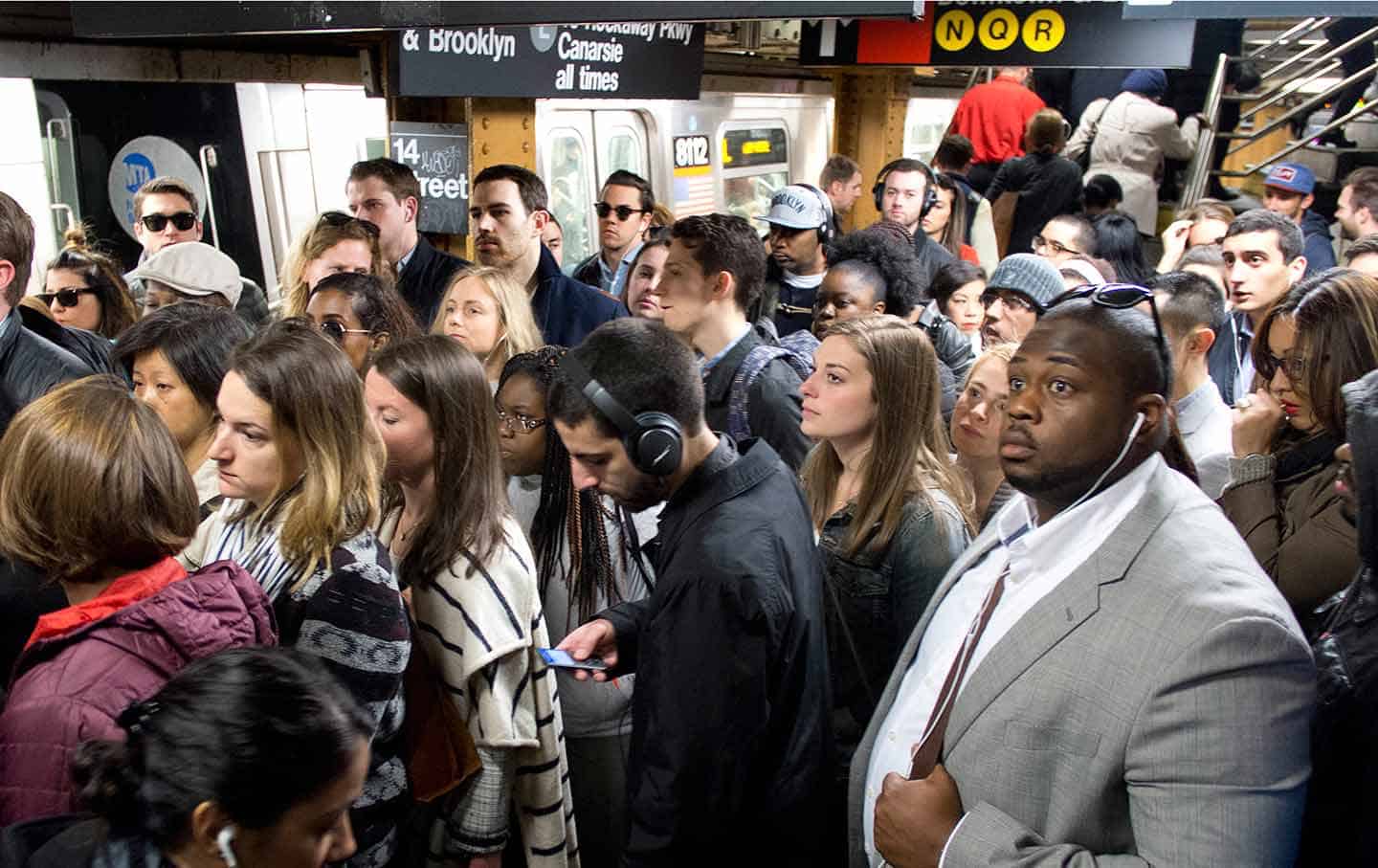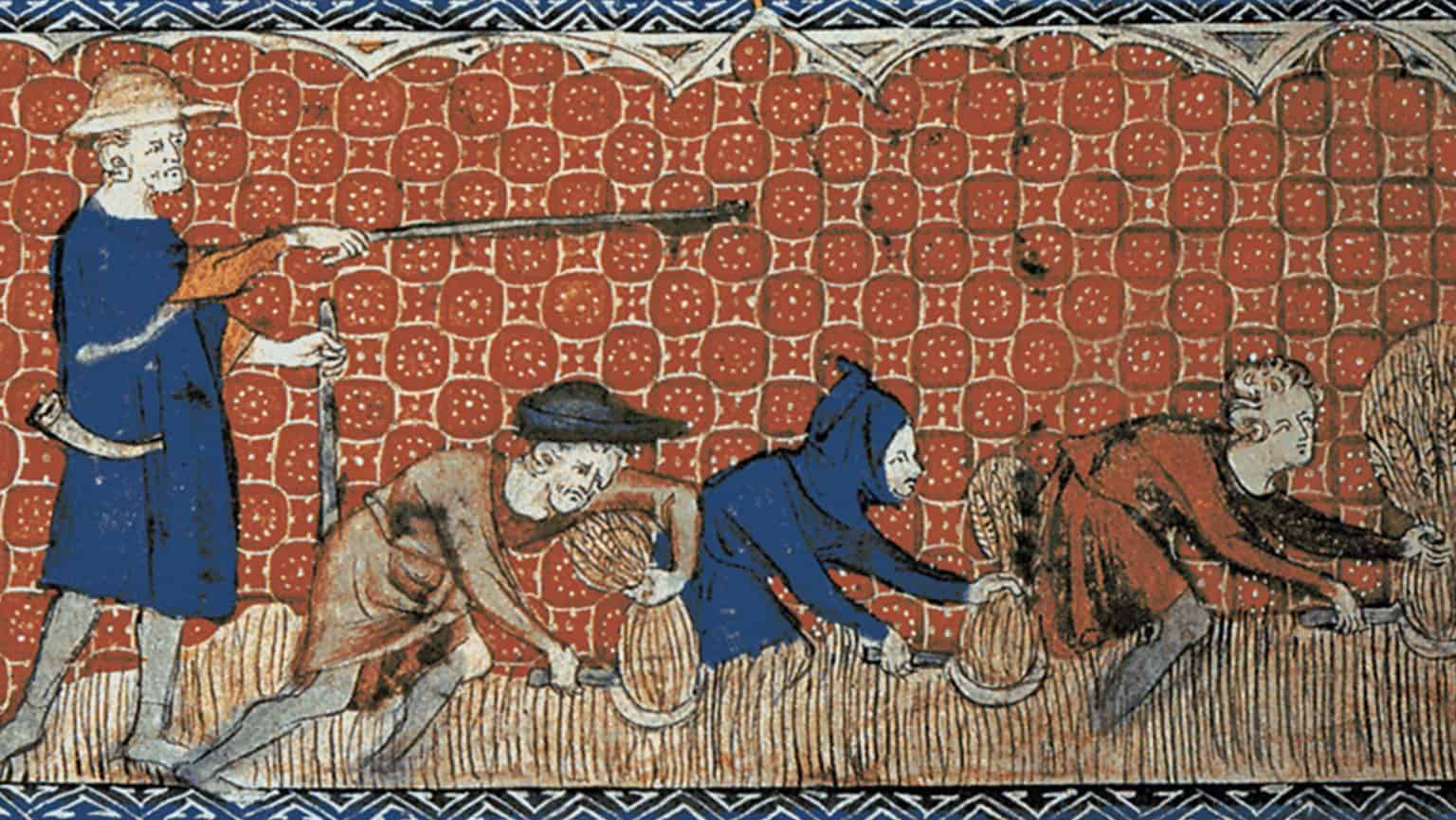
ADVERTISEMENT - CONTINUE READING BELOW
29. An Average Modern American Works Hundreds of Hours More Per Year Than a Medieval Peasant
On long workdays, we might comfort ourselves with the thought that least we don’t have it as bad as medieval workers. No, sir, at least we are not like our peasant ancestors who toiled steadily from dawn to dusk, or medieval artisans who began work at sunup, and kept at it past sunset and well into the night with candlelight. We could console ourselves thus, but we would be wrong. Long hours and the frantic rat race are a feature of the modern era and its innovative linkage of work to a regular schedule and the clock. Before that, people did not work very long hours, life’s tempo was slow, and the pace of work was relaxed.

ADVERTISEMENT - CONTINUE READING BELOW
Our ancestors might not have been rich, and they lacked many of the creature comforts we take for granted, but one thing they had more than we do is free time. For example, an average American in 1987 worked 1949 hours annually. By 2015, that figure had dipped to 1811 hours a year. An improvement, but still nearly 200 hours more than a thirteenth-century adult male English peasant, who worked an average of 1620 hours annually. A typical medieval workday stretched from dawn to dusk, and the labor could be backbreaking, but there were many breaks for breakfast, lunch, an afternoon nap, and dinner. There might also be mid-morning and mid-afternoon refreshment breaks. After a harvest, peasants might enjoy up to eight weeks off of slack times. And that is without counting all the holidays and religious feast days.

